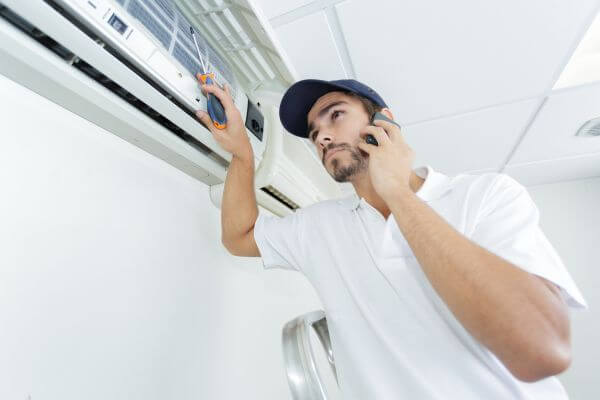As a homeowner, if you want your heating, cooling, and ventilation systems to work optimally you must work with a good HVAC design. A lot of thinking and calculating go into designing a new HVAC system. In this article, you will learn about the requirements of an HVAC design.
Why is good design necessary?
The following are reasons to get a good HVAC design:
- The new heating and cooling system will be correctly sized. Many modern air conditioners are oversized, and therefore, fail to dehumidify and may soon get faulty.
- Even distribution systems send air correctly to each room. Some contractors ignore this aspect of the HVAC system design. Some use only Manual J and do not use Manual D, T, and S.
- The home will be efficient and comfortable.
HVAC design requirements
Different protocols guide the HVAC design. For a correctly designed heating and cooling system, the HVAC designer must consider the entire process given in all four protocols: J, S, T, and D. The following is a brief description of the manuals:
Manual J
The manual guides the calculation of the amount of heat loss in winter and gains in summer. The manual considers the entire house and individual room calculations, which enables the designer to know the amount of air conditioning required by each room for heating and cooling.
It considers all the surfaces of the building structure, location, space of the duct system, infiltration rate, location of the house, and internal loads (devices and residents). The results highlight the BTUs of the heat lost by each room during winter and gained during summer. The heat gain is divided into two: sensible (temperature) and latent (humidity). The heat gained or lost in a room will determine the amount of conditioned air needed by the room measured in cubic feet per minute (cfm).
Manual S
After determining the cfm for each room, the designer will review and choose the correct size of the equipment. The air conditioner, heat pump, boiler, or furnace must be good for the required load. This choice is crucial for forced-air cooling systems because every device has unique features. The sensible and latent capacity, cfm, and static pressure delivered are essential to the HVAC design.
Manual T
With the cfm requirements of each room, the designer will ascertain the method of distributing the air in the room to meet the cooling and heating needs. They must consider the location of the diffusers, supply registers, and grilles, as well as the type and size to be used. Making the right choice prevents drafts and insufficient mixing.
Manual D
After obtaining the data, cfm requirement, the right equipment, and method of air distribution, the next stage is duct system design. The designer will examine the part with the highest friction by checking the ducts' lengths, the number of fittings and turns in the route and the amount of air to be delivered. The type of duct is crucial to the result. The principle here is to design a duct system that delivers the right cfm to the room.
Final note
Following the HVAC design requirements is important for a well-designed HVAC system, which is necessary for an efficient and comfortable system.
Request an appointment here: https://www.bevillstexas.com or call Bevills Plumbing, Heating & Air Conditioning at (325) 225-4115 for an appointment in our Abilene office.

